On February 15, 1943, the famed Rosie the Riveter “We Can Do It” poster was first displayed in Westinghouse factories.
One of the most dramatic social changes during World War II was the new job opportunities for women. As men left the country to fight the war overseas, millions of women entered the workforce. Virtually overnight, housewives and mothers were transformed into welders, electricians, mechanics, taxi drivers, attorneys, firefighters, and police officers.
Between 1940 and 1944, the number of working women increased from 12 million to 18.2 million. Many who worked at service-related jobs before the war moved to higher-paying skilled positions. Appeals were made to housewives, asking “Can you use an electric mixer? If so, you can learn to operate a drill.” Some information was aimed at husbands, many who did not support the idea of their wives working.
Throughout the war years, women who took these jobs entered a previously male-only world. Working conditions were difficult and dangerous. Women had to deal with sexual harassment and were paid less than their male counterparts.
In 1942, Redd Evans and John Jacob Loeb composed the song “Rosie the Riveter,” introducing the term. Big band leader Kay Kyser made the song popular. A national hit, the song told about an assembly-line worker who was doing her part for the war effort. Rosie was a symbol of all the women who were supplying the weapons, ships, and supplies to America’s war machine.
The real-life inspiration for the song was Rosalind P. Walter, who worked on the night shift building the F4U Corsair fighter plane. Another Rosie, Rose Will Monroe, who worked as a riveter in Michigan, starred in promotional films and posters. She became one of the most widely recognized icons of the era.
In 1942, Westinghouse Electric’s War Production Coordinating Committee hired graphic artist J. Howard Miller to create a series of posters to hang in their factories. The goal was to increase worker morale and efficiency and prevent any potential strikes. In all, Miller designed 42 posters, each of which was displayed in the factory for just two weeks before being replaced by the next one.
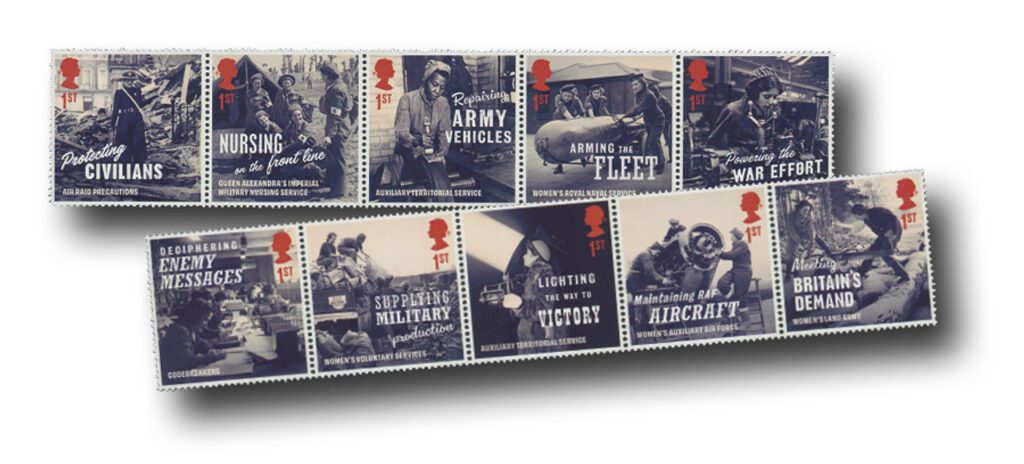
On February 15, 1943, the now-famous “We Can Do It!” poster began its two-week run in several Westinghouse factories in Pennsylvania and the Midwest. About 1,800 copies of the poster were printed, only for use in these Westinghouse factories. The poster was hung in factories where women made plasticized helmet liners with Micarta resin. Interestingly, a historian for Westinghouse pointed out that the poster wasn’t aimed at riveters, so the more recent association with Rosie the Riveter is incorrect. But he joked she could be called “Molly the Micarta Molder” or “Helen the Helmet Liner Maker.”
After its two-week stint at Westinghouse, the “We Can Do It” poster disappeared for decades. Then in 1982, it was included in a Washington Post Magazine article about posters from the collection of the National Archives. Upon its rediscovery, it became a symbol for feminism and women’s economic power. The image continues to appear on countless collectibles including shirts, coffee cups, and even action figures.
Click here to view a large image of the original poster.
| FREE printable This Day in History album pages Download a PDF of today’s article. Get a binder or other supplies to create your This Day in History album. |
Discover what else happened on This Day in History.


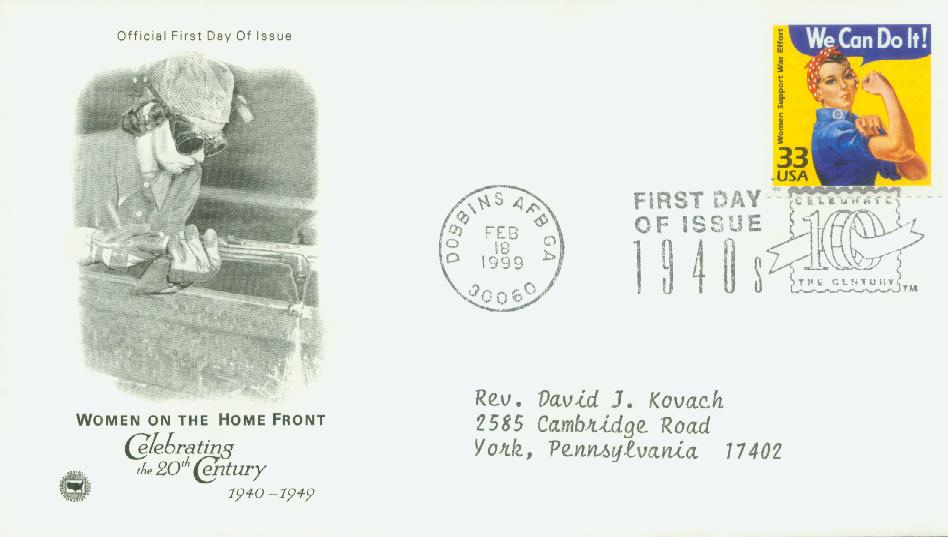
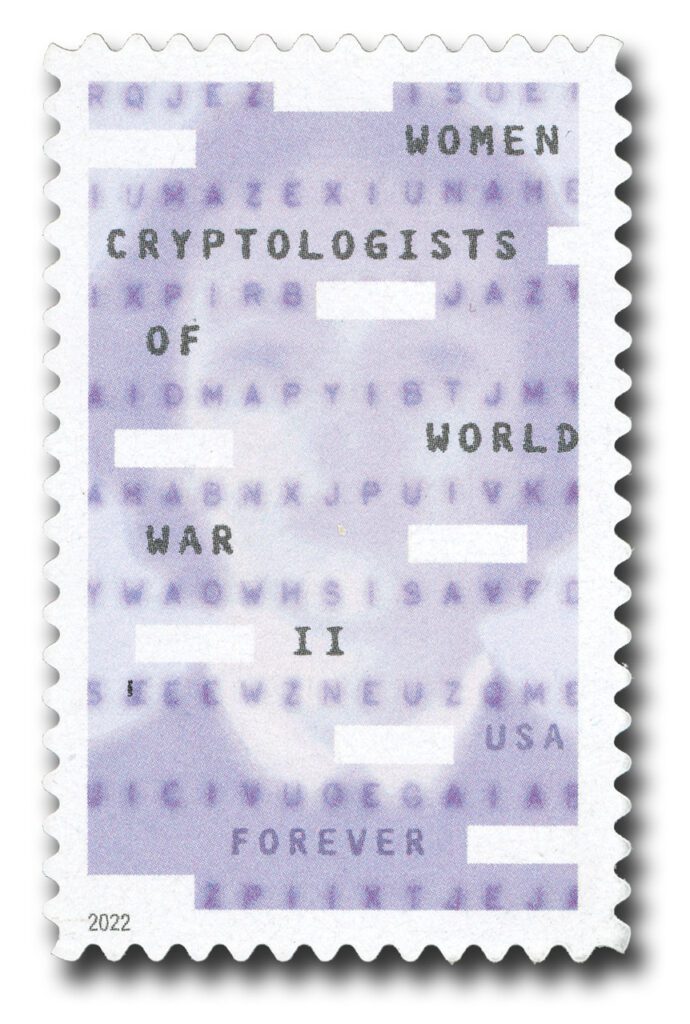
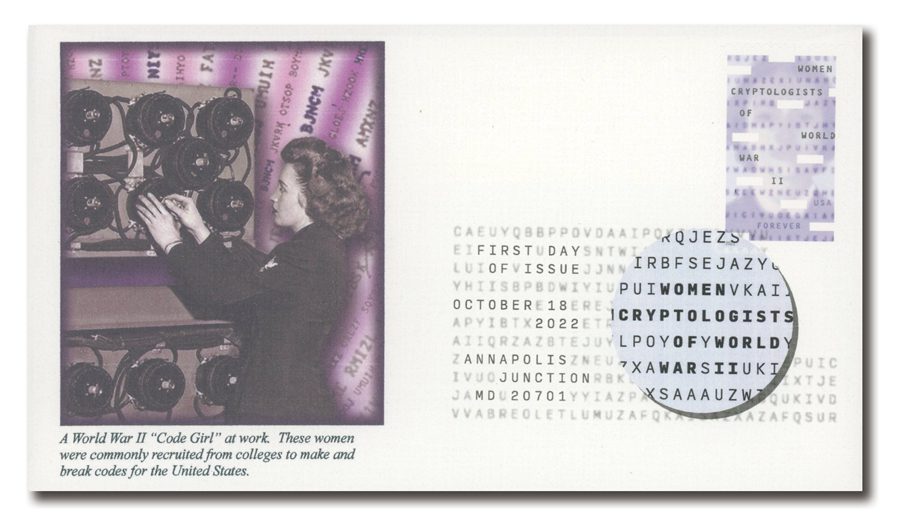

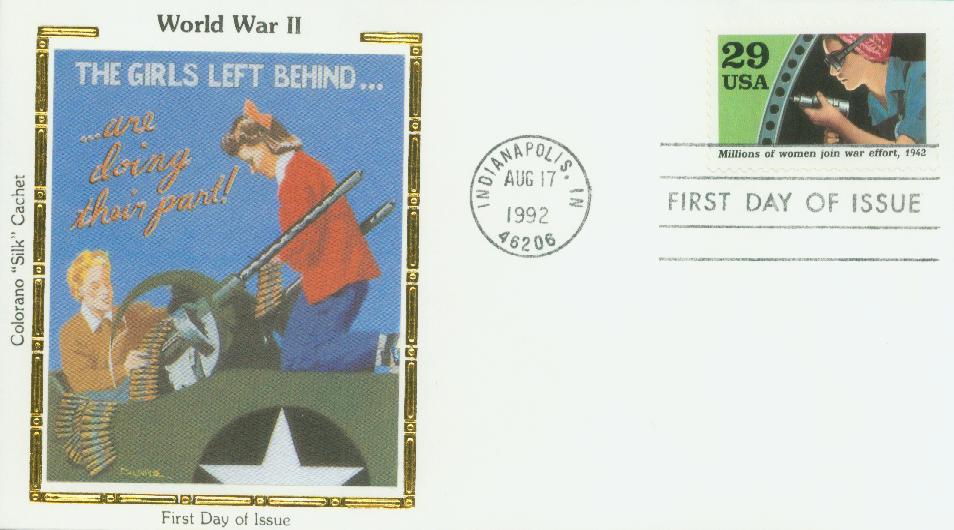
Isn’t it true that Norma Jean Baker (a.k.a. Marilyn Monroe) was photographed in her work clothes @ her defense job as a morale booster during World War II?
It should be mentioned that after the war, many women were laid off if not fired from their wartime jobs and basically told something like, “OK honey, now you can go home to your kitchen and your hubbies.”
Power to Women!